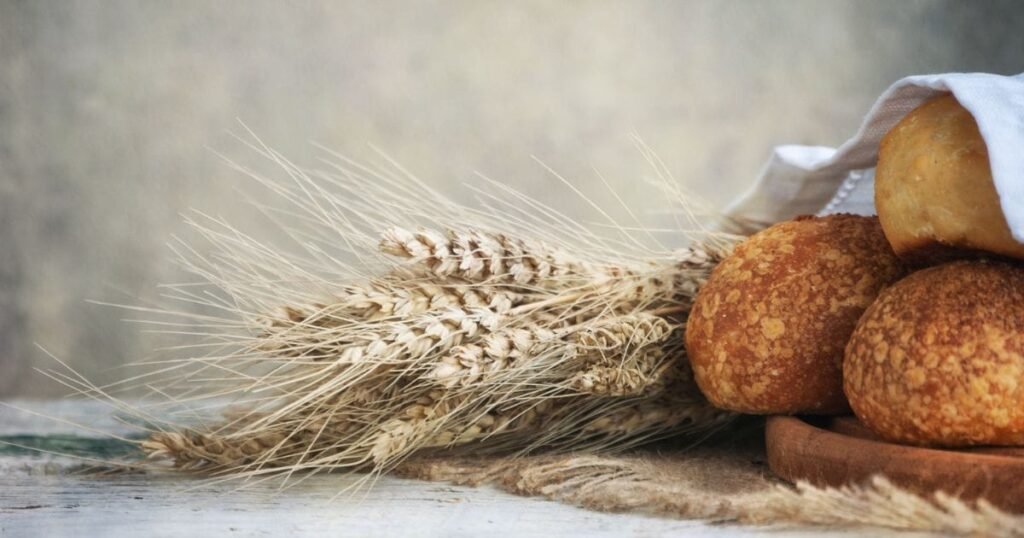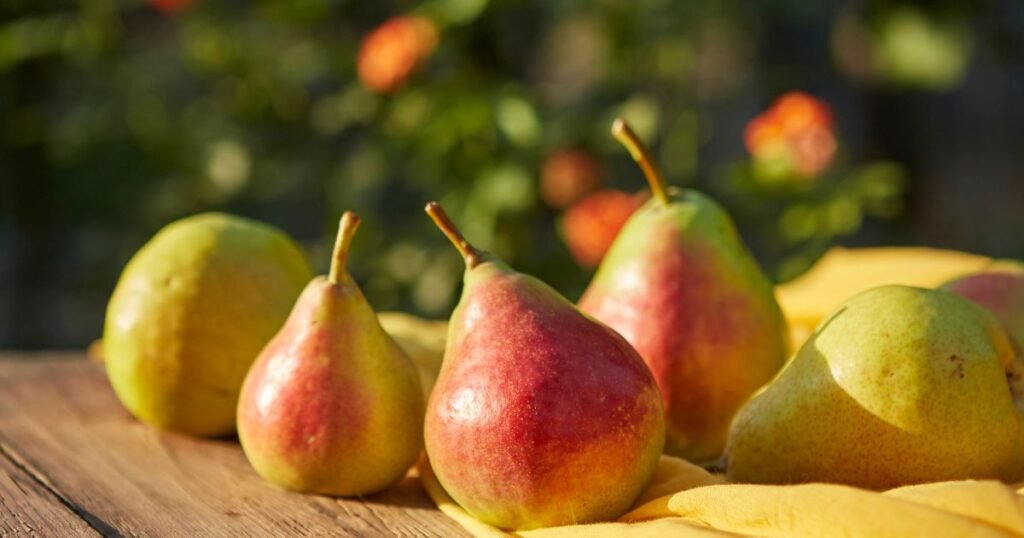As the leaves begin to fall and the air turns crisp, many of us find ourselves reaching for warm, comforting meals. For older adults, autumn is the perfect time to enjoy seasonal foods that bring comfort and support overall health.
Seniors often experience changes in metabolism, appetite, and nutritional needs. That’s why choosing the right foods becomes even more important during the colder months. Thankfully, autumn brings a bounty of nutrient-rich produce and hearty ingredients that can keep seniors feeling nourished and satisfied.
In this article, we will explore autumn-friendly foods that promote senior health and provide simple tips for preparing them.
Why Autumn Nutrition Matters for Seniors?
Seniors may feel less thirsty and have lower energy levels as temperatures drop. Many elders also become less active during fall and winter, affecting digestion and appetite. Seasonal depression and reduced sunlight exposure may also lead to changes in mood and sleep.
Proper nutrition during this season helps:
- Boost immunity
- Improve energy levels
- Support joint health
- Maintain a healthy weight
- Enhance mood and cognitive function
Choosing warm, seasonal meals rich in vitamins, minerals, and fiber can help older adults maintain their well-being throughout autumn.

Best Autumn Comfort Foods for Senior Health
Below are given some of autumn’s most nutrient-rich foods that promote strength, energy, and overall well-being for older adults—helping them stay healthy and active as the seasons change.
Read More: Making Healthy Autumn Snacks for Seniors
1. Root Vegetables:
Root vegetables like sweet potatoes, carrots, parsnips, and beets are the mainstay of fall cooking. They are naturally sweet, hearty, and easy to digest, making them perfect for seniors who may prefer softer textures and milder flavors.
These vegetables are rich in fiber, potassium, folate, and antioxidants, contributing to better cardiovascular and digestive health. Sweet potatoes, for instance, are an excellent source of beta-carotene, which supports immune and eye health.
At the same time, beets help improve blood flow and stamina, which are beneficial for maintaining energy levels in older adults.
Health Benefits:
- Support heart and blood vessel health
- Improve digestion and promote regularity
- Help manage blood pressure and fluid balance
- Provide steady energy and support immune function
Serving Tip:
Roast a colorful mix of root vegetables with a drizzle of olive oil and herbs like rosemary, thyme, or cumin for a fragrant, nutrient-packed side dish. You can also mash them for a softer texture or blend them into soups for a warm meal that’s both nourishing and easy on the stomach.
2. Squash and Pumpkins:
Autumn wouldn’t feel complete without the vibrant flavors of butternut squash, acorn squash, and pumpkin. These seasonal favorites aren’t just comforting—they’re packed with nutrients that play an important role in senior health.
They help the body produce vitamin A, which supports eye health, immune function, and skin repair. They are low in calories yet filling, squash and pumpkin are excellent choices for maintaining a healthy weight while still feeling satisfied.
Health Benefits:
- Support and protect eye health
- Strengthen the immune system
- Promote healthy skin and tissue repair
- Helps in digestion and regulate blood pressure
Serving Tip:
Blend them into soups for a wholesome, comforting texture, or mash them as a creamy side dish. Add a sprinkle of cinnamon or nutmeg for warmth and flavor without added sugar, or roast cubed squash with a drizzle of olive oil and herbs for a delicious, nutrient-dense addition to any meal.
3. Oats and Whole Grains:

Whole grains such as quinoa, brown rice, barley, and oats are hearty and satisfying and rich in essential nutrients that support senior health. These grains provide complex carbohydrates, fiber, B vitamins, and minerals like magnesium and iron—all of which help keep energy levels steady and digestion running smoothly.
Including whole grains in daily meals can help keep blood sugar steady, support heart health, and provide lasting energy—especially important for older adults who want to stay active and feel their best.
Health Benefits:
- Help stabilize blood sugar and improve insulin sensitivity
- Support heart and digestive health through soluble fiber
- Provide lasting energy throughout the day
- Contribute to overall metabolic and cardiovascular wellness
Serving Tip:
For breakfast, try oatmeal with chopped apples, walnuts, or a drizzle of honey for a cosy, autumn-inspired flavor. For lunch or dinner, use quinoa or brown rice as the base for a warm grain bowl, topped with roasted vegetables and a lean protein such as grilled chicken, beans, or fish.
4. Dark Leafy Greens:
Cooler weather is the perfect growing season for nutrient-rich greens like kale, spinach, and Swiss chard. These vegetables are nutritional powerhouses, packed with calcium, iron, magnesium, and vitamins C, K, and A—all vital for maintaining strength, immunity, and overall vitality in older adults.
These greens’ calcium and vitamin K support bone density, while iron helps prevent fatigue by improving oxygen flow. Their high levels of antioxidants and phytonutrients also help reduce inflammation and protect cells from age-related damage.
Health Benefits:
- Strengthen bones and support joint health
- Boost immune system function
- Reduce inflammation and oxidative stress
- Promote healthy circulation and energy levels
Serving Tip:
Sauté chopped greens lightly with garlic and olive oil for a flavorful side dish, or stir them into soups, stews, and omelets for a nutritious boost. For a simple meal, toss wilted spinach or kale with warm grains and a sprinkle of seeds or nuts for added texture and protein.
5. Lean Proteins and Legumes:
Protein becomes especially important for seniors as the days grow shorter and energy levels naturally dip. Adequate protein intake helps maintain muscle mass, strength, and stamina, crucial for mobility and overall independence. Lean meats like chicken and turkey provide high-quality protein with very little saturated fat, making them ideal for heart health.
On the plant-based side, lentils, beans, and chickpeas are excellent sources of protein and fibre, which support digestion and help regulate blood sugar levels. Together, these foods offer a nourishing balance that supports energy, tissue repair, and immune resilience through the colder months.
Health Benefits:
- Preserve and rebuild muscle tissue
- Support immune function and recovery
- Promote healthy digestion and blood sugar control
- Provide steady, lasting energy
Serving Tip:
Prepare slow-cooked stews or soups with lentils, beans, or shredded chicken paired with seasonal vegetables like carrots, squash, or spinach. These dishes are warm, filling, and easy to chew and digest, making them especially suitable for older adults—season with herbs like thyme, turmeric, or parsley instead of excess salt for flavor and nutrition.
6. Apples and Pears:

Crisp, juicy, and naturally sweet, apples and pears are classic autumn fruits that bring comfort and nutrition. They are rich in dietary fiber, vitamin C, and powerful antioxidants, which help protect the body from inflammation and support healthy digestion.
The soluble fiber in these fruits, particularly pectin, can help lower cholesterol levels and promote a healthy gut microbiome—key factors in maintaining heart and digestive health for older adults.
Their mild flavor and soft texture make them easy to enjoy even for seniors with sensitive teeth or reduced appetite.
Health Benefits:
- Improve digestion and promote gut health
- Reduce inflammation and oxidative stress
- Support heart health by lowering cholesterol
- Help regulate blood sugar levels
Serving Tip:
Enjoy apples and pears in a variety of ways—baked with a dash of cinnamon and a sprinkle of oats for a cozy, low-sugar dessert, sliced over oatmeal for added texture, or stewed into compote as a soft, naturally sweet topping for yoghurt or pancakes. These fruits make adding flavor and nutrition to autumn meals easy.
Nutritional Tips for Autumn Meal Planning:
Creating balanced and nutritious meals doesn’t have to be complicated. Here are a few practical tips to keep in mind:
- Focus on color: Choose a mix of colorful fruits and vegetables for a wide range of nutrients.
- Keep it warm: Seniors often feel colder due to lower circulation. Warm meals like soups, casseroles, and baked dishes are comforting and easy to eat.
- Limit processed foods: Reduce sodium and added sugars by cooking from scratch.
- Stay hydrated: Warm drinks like herbal teas and broths can help seniors stay hydrated without feeling cold.
- Use herbs and spices: Boost flavor without adding salt. Spices like cinnamon, ginger, and turmeric are perfect for fall cooking.
Read More: Which Vitamins and Minerals Should Be Part of an Elder’s Diet?
How ConsidraCare Can Help?
We have seen how seasonal, home-cooked meals lift seniors’ energy, mood, and mobility. Even small, thoughtful changes at mealtime can make a lasting difference in overall well-being.
With thoughtful meal planning and compassionate support, every meal can become an opportunity to heal, connect, and thrive—one cozy bite at a time.

Conclusion:
Autumn is more than a change in weather—it’s a gentle reminder to slow down and nourish the body with care. For seniors, seasonal eating isn’t just about comfort; it’s about supporting health, energy, and emotional well-being through wholesome, home-cooked meals.
Older adults can stay strong, energized, and content through the colder months by choosing warm, nutrient-rich foods like soups, stews, grains, and seasonal produce. These simple choices bring both comfort and vitality to daily life.
FAQs
1. What are the best autumn foods for senior health?
Apples, pears, cranberries, and pomegranates are excellent autumn fruits. They offer fiber and antioxidants, and help support digestion and immunity.
2. How can I help my elderly parent eat better in the autumn?
Prepare easy-to-eat, warm meals using seasonal produce. Include soft vegetables, soups, and stews. Limit processed foods and encourage shared meals for a better appetite.
3. Is soup a good meal option for seniors in autumn?
Yes, soups are easy to digest, hydrating, and can be packed with nutrients. Use low-sodium broths and add lean protein, whole grains, and vegetables.
4. How can seniors stay hydrated in colder months?
Offer warm drinks like herbal tea, warm lemon water, or broths. Eating high-water content foods like fruits and soups also helps with hydration.
5. What spices are good for autumn dishes and senior health?
Cinnamon, ginger, garlic, turmeric, and rosemary are flavorful and have anti-inflammatory properties. They also help stimulate appetite and improve digestion.




